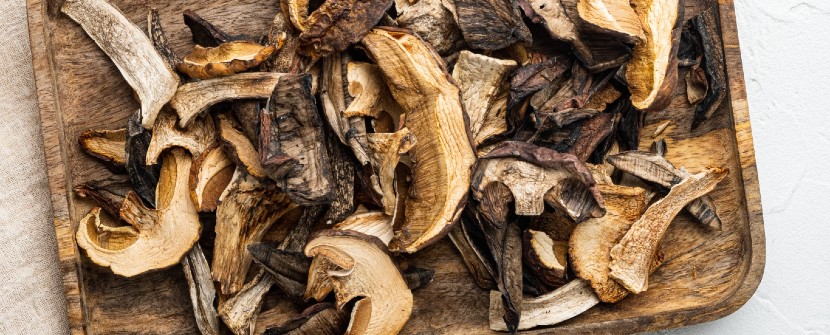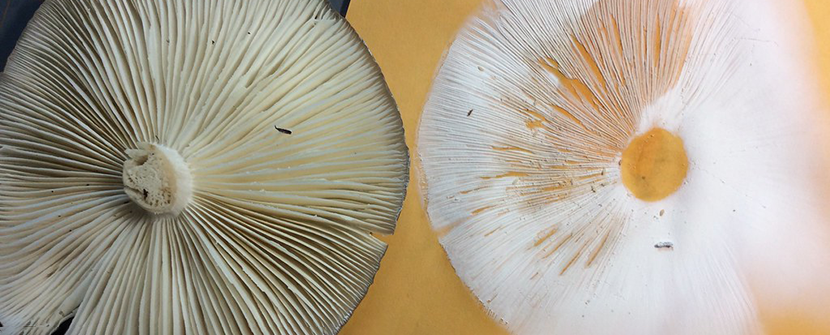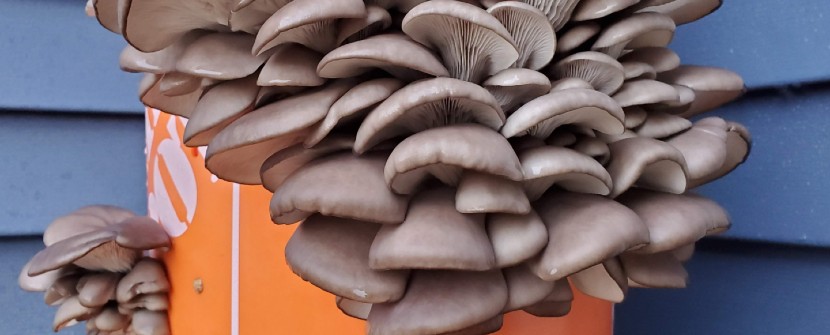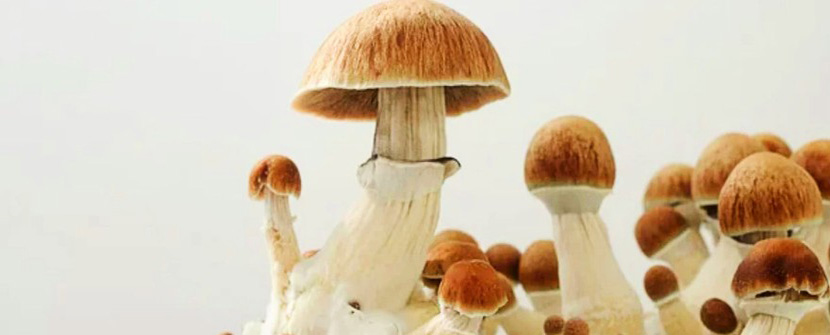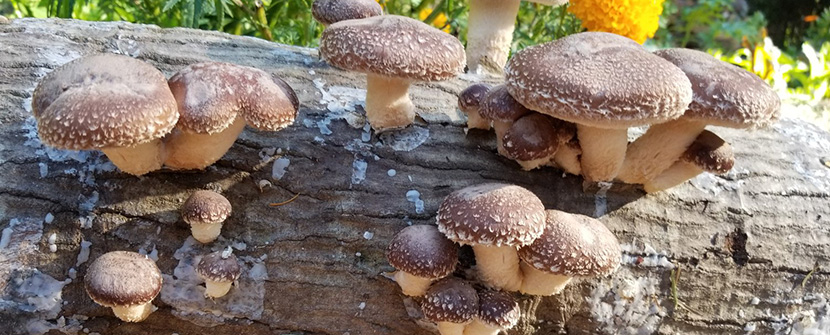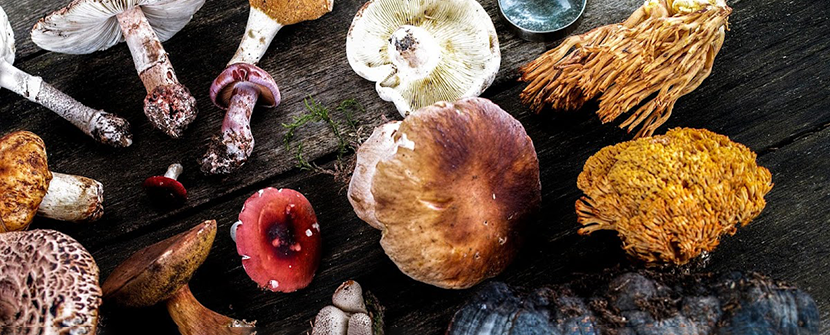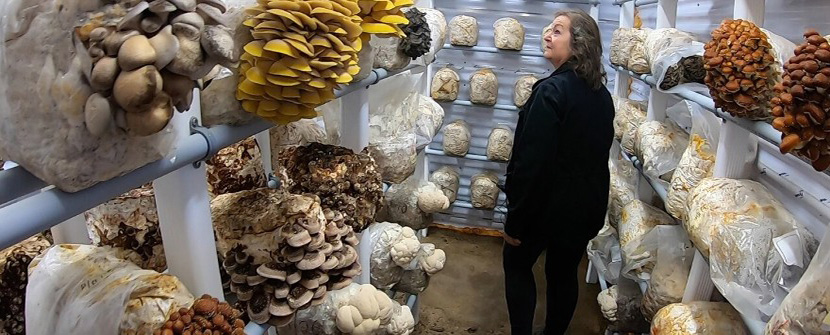The journey of cultivating mushrooms at home is a gratifying and educational experience that connects us with the marvels of nature. As you progress through the stages of mushroom cultivation, one crucial step stands out – the drying stage. Drying mushrooms is an ancient preservation method that concentrates flavors, extends shelf life, and unlocks a world of culinary possibilities. In this comprehensive guide, we will delve into the art of drying mushrooms at home, exploring methods, tips, and the fantastic benefits this process brings to your mushroom harvest.
Understanding the Importance of Drying Mushrooms
Drying mushrooms serves as a timeless technique that transforms the fragile fungi into a shelf-stable ingredient, perfect for long-term storage. Moisture content in mushrooms can vary greatly, and without proper preservation, they can quickly succumb to mold and spoilage. Drying reduces moisture levels, inhibiting microbial growth and enzymatic activity, while simultaneously intensifying the unique flavors and aromas of the mushrooms.
Selecting the Right Mushrooms for Drying
Not all mushroom varieties are ideal candidates for drying. Some mushrooms have meatier textures and lower water content, making them more suitable for this preservation method. Consider mushrooms such as porcini, shiitake, morels, and oyster mushrooms. Their flavors are enhanced by drying, creating a concentrated taste that can elevate a range of dishes.
The Drying Process Unveiled
- Preparation: Begin by cleaning the harvested mushrooms gently. Use a soft brush or damp cloth to remove any dirt or debris. Avoid washing them as mushrooms are highly absorbent and can become waterlogged, affecting their flavor and texture.
- Slicing: Depending on the size of the mushrooms, slice them into uniform pieces. Thicker slices will take longer to dry, so aim for thin slices for even and efficient drying.
Choosing a Drying Method:
There are various methods for drying mushrooms, each with its unique benefits:
- Air Drying: This is the most straightforward method. Place the mushroom slices on a drying rack or a clean, dry surface, ensuring good air circulation. This method is suitable in arid climates or with low humidity levels.
- Oven Drying: Set your oven to a low temperature (around 140°F or 60°C) and spread the mushroom slices on a baking sheet. Leave the oven door slightly ajar to allow moisture to escape. Regularly check the mushrooms to prevent over-drying.
- Dehydrator: Using a food dehydrator is a popular choice. Follow the manufacturer's instructions for drying mushrooms. Dehydrators provide precise temperature control and consistent airflow, making them a reliable option.
Tips for Successful Mushroom Drying
- Uniform Slicing: Aim for uniform slice thickness to ensure even drying. Thin slices will dry faster and more uniformly than thicker ones.
- Space Matters: Whether you're using a drying rack, oven, or dehydrator, make sure there's ample space between mushroom slices. Crowded mushrooms can trap moisture and hinder the drying process.
- Low Temperature: Maintain a low drying temperature to preserve the flavors and nutrients of the mushrooms. High temperatures can lead to loss of flavor and color.
- Regular Monitoring: Keep a close eye on the drying process, especially if you're using an oven or dehydrator. Over-drying can result in brittle and tasteless mushrooms.
- Cracker Test: To check if your mushrooms are properly dried, perform the "cracker test." Attempt to break a slice in half – it should snap without bending or feeling leathery.
Storing Dried Mushrooms
Once your mushrooms are adequately dried, it's time to store them for future culinary adventures. Store dried mushrooms in airtight containers, preferably in a cool, dark place. Light and heat can degrade the quality of the dried mushrooms over time.
Unlocking the Culinary Magic
Dried mushrooms are culinary powerhouses that can transform dishes with their intense flavors. To use dried mushrooms, rehydrate them by soaking in warm water for about 20-30 minutes. The soaking liquid also becomes a valuable ingredient, as it holds a concentrated mushroom essence that can be used to enhance stocks, sauces, and soups.
Culinary Applications of Dried Mushrooms
- Broths and Soups: Add a depth of flavor to your broths and soups by incorporating rehydrated mushrooms and their soaking liquid.
- Sauces and Gravies: Infuse your sauces and gravies with the rich umami notes of dried mushrooms for a delightful complexity.
- Risottos and Pastas: Elevate your risottos and pasta dishes by introducing the earthy taste of rehydrated mushrooms.
- Flavor Boosters: Chop or grind dried mushrooms into a powder to create an umami-rich seasoning that can be sprinkled over various dishes.
Conclusion
Drying mushrooms at home is a timeless technique that encapsulates the essence of nature's bounty while providing a wealth of culinary possibilities. By understanding the process, choosing the right mushrooms, and employing the right methods, you can unlock the true potential of your harvest. The delicate balance of moisture, time, and patience yields a treasure trove of flavors that can enhance a myriad of dishes, making your homegrown mushrooms a culinary asset that keeps on giving. Embrace the art of drying, and watch as your mushroom harvest transitions from a fleeting delight to a pantry staple that adds magic to every meal.


